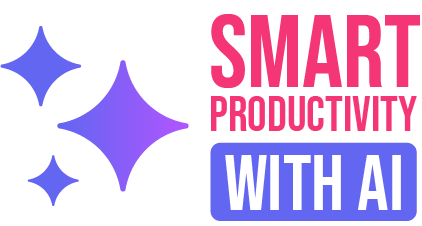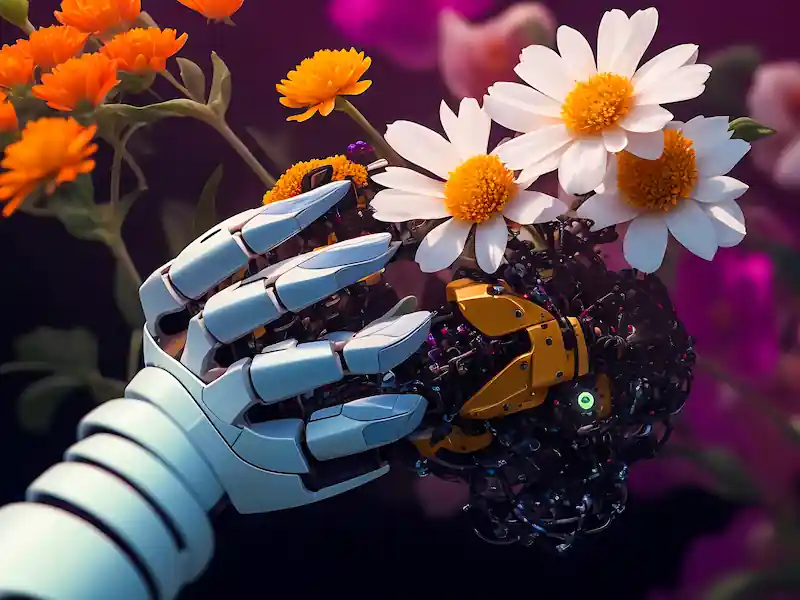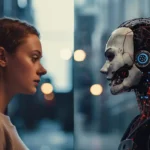Creativity Meets AI
Creativity has always been a uniquely human trait—a way to express ideas, solve problems, and connect with others. But as artificial intelligence (AI) continues to evolve, it’s proving to be a powerful ally in the creative process. From generating fresh ideas to solving complex problems, AI is breaking traditional boundaries and inspiring innovation across industries.
This article explores how AI is reshaping creativity and fueling innovation. Whether it’s designing stunning visuals, crafting compelling content, or inventing novel solutions, AI offers tools that empower creators to think differently and achieve more.
1. Expanding Possibilities in Art and Design
AI is making waves in the world of art and design. Tools like DALL·E, Runway ML, and Artbreeder allow artists to experiment with new styles and techniques by generating unique visuals from simple prompts. These tools aren’t about replacing artists; they’re about enhancing the creative process.
For graphic designers, platforms like Canva now incorporate AI features to suggest layouts, color schemes, and fonts based on user preferences. This allows for faster iterations and better results, even on tight deadlines.
Example in Practice: AI can create mood boards or design mockups in minutes, giving designers more time to focus on refining their work.
2. Writing Reinvented: AI as a Co-Creator
AI is transforming the way writers approach their craft. Tools like ChatGPT and Jasper AI help generate content ideas, suggest headlines, and even draft copy based on specific inputs. While AI can’t replace human emotion and nuance, it excels at eliminating writer’s block and speeding up the brainstorming process.
Authors and scriptwriters also use AI to explore alternative storylines or character arcs, opening up creative possibilities that might not have been considered otherwise.
Example in Practice: A writer can input a basic story premise into an AI tool and receive multiple plot variations, serving as inspiration for the final narrative.
3. Music Composition with an AI Twist
Music is another field where AI is leaving its mark. Platforms like Amper Music and AIVA help musicians compose tracks by providing AI-generated melodies, harmonies, and even full arrangements. These tools cater to various genres, making them accessible to professionals and hobbyists alike.
By automating repetitive tasks like mixing or layering tracks, AI allows musicians to spend more time focusing on the creative elements of their work.
Example in Practice: A filmmaker can use AI to quickly generate a custom soundtrack for a short film, matching the tone and pace of the visuals.
4. Breaking Barriers in Innovation
Innovation often requires thinking outside the box, and AI excels at providing fresh perspectives. Machine learning algorithms analyze vast amounts of data to identify patterns, predict trends, and suggest solutions to complex problems.
In fields like architecture, AI-driven tools like Spacemaker help optimize building designs for factors like energy efficiency and urban flow. In engineering, AI supports the development of innovative products by simulating and testing various prototypes.
Example in Practice: An entrepreneur uses AI to analyze consumer behavior, identifying unmet needs and sparking ideas for a new product.
5. Bridging Creativity and Collaboration
AI fosters collaboration by making the creative process more accessible to teams across different skill levels. Tools like Miro and Figma incorporate AI features that suggest design adjustments or organize project feedback, ensuring smoother collaboration among team members.
These platforms also help bridge gaps between disciplines, enabling creators from diverse fields to contribute their expertise seamlessly.
Example in Practice: A team designing a mobile app uses an AI-integrated tool to streamline feedback, ensuring all members are aligned on the project vision.
Challenges and Opportunities
While AI offers incredible benefits, it also raises questions about originality, authorship, and ethics. How much of a creation is truly “yours” when AI plays a role? Addressing these challenges requires thoughtful integration of AI into creative workflows. Rather than replacing human creativity, AI should act as a collaborator, amplifying what’s already possible.
Tips for Integrating AI into Creative Workflows
- Start Small: Experiment with AI tools for specific tasks, like idea generation or concept visualization.
- Collaborate, Don’t Replace: Use AI to complement human skills, not as a substitute for creative judgment.
- Explore Multiple Tools: Different AI platforms offer unique strengths—try a few to find what works best for your needs.
- Refine Outputs: AI provides starting points; the final polish and personal touch should always come from the creator.
- Stay Open to Learning: The AI landscape is constantly evolving. Regularly exploring new tools and features ensures you stay ahead of the curve.
Embracing the Future of Creativity
AI is not here to take over creativity—it’s here to expand it. By leveraging AI tools, creators can push boundaries, save time, and bring ideas to life in ways that were once unimaginable. The fusion of human ingenuity and AI-powered innovation is transforming how art, writing, music, and design come to life.
Embracing AI doesn’t mean letting go of creativity. Instead, it’s about enhancing the creative process, opening doors to new possibilities, and driving innovation forward. The future of creativity is collaborative, and AI is ready to be part of the team.



